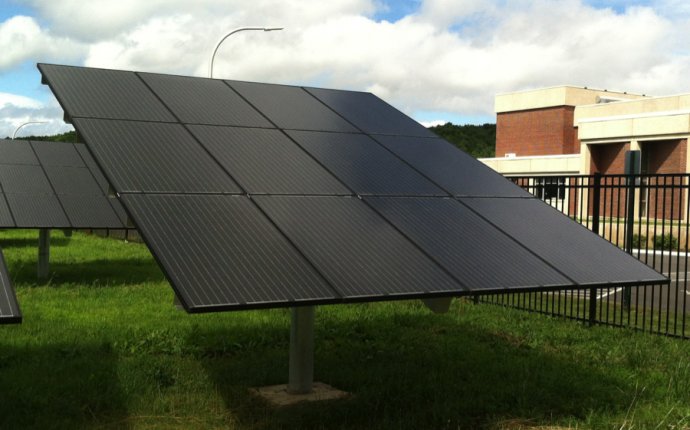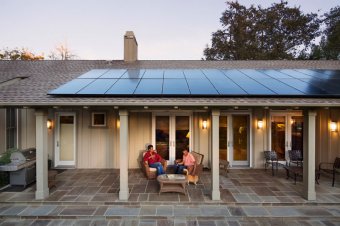
Solar for Household
Determining how many solar panels you’ll need for your home means first knowing what your goals are. Do you want to minimize your carbon footprint? Maximize your return on investment? Save as much money as possible? Most people want to save as much money as possible while minimizing their impact on the environment.
To calculate how many solar panels you need, you first must determine how much energy your household uses; your roof’s usable surface area; the climate and peak sunlight in your area; the wattage and relative efficiency of the photovoltaic (PV) technology of your panels; and whether net metering is available.

Here is a sample set of questions that a solar professional might use to calculate the number of solar panels needed for your house:
1. What are the household’s energy requirements?
Take out past electricity bills and look for average usage. You want daily usage, so if your bill doesn’t show a daily average, just divide the monthly or annual average by 30 or 365 days, respectively, to determine your daily average electricity usage. Your answer will be in kilowatt-hours (kWh). (And just in case you are wondering, a kilowatt-hour is how much power you are using at any given time multiplied by the total time the power is being used. If you run a 60w bulb all day, you’re using 1, 440 watt-hours or 1.4kWh)
2. What is the target daily average?
Solar panels don’t operate at maximum efficiency at all times. (See Solar 101: How Does Solar Energy Work?). Weather conditions, for example, can temporarily reduce your system’s efficiency. Hardware issues can also cause the system to produce less energy than expected. Experts recommend adding a 25 percent “cushion” to your target daily average to offset such inefficiencies.
3. How many hours of sunlight can you expect in your area?
The peak sunlight hours for your particular location will have a direct impact on the energy you can expect your solar system to produce. For example, if you live in Phoenix you can expect to have a greater number of peak sunlight hours than if you lived in Seattle. That doesn’t mean a Seattle homeowner wouldn’t enjoy significant solar energy production; it just means the homeowner would need more panels. Fortunately, the provides this information by state and for major cities. Divide your daily kWh requirement (see question No. 1) by the number of daily peak sunlight hours. This gives you the amount of energy your panels need to produce every hour in kilowatt-hours. Multiply this number by 1, 000 to convert your hourly power generation need to watts.
4.









